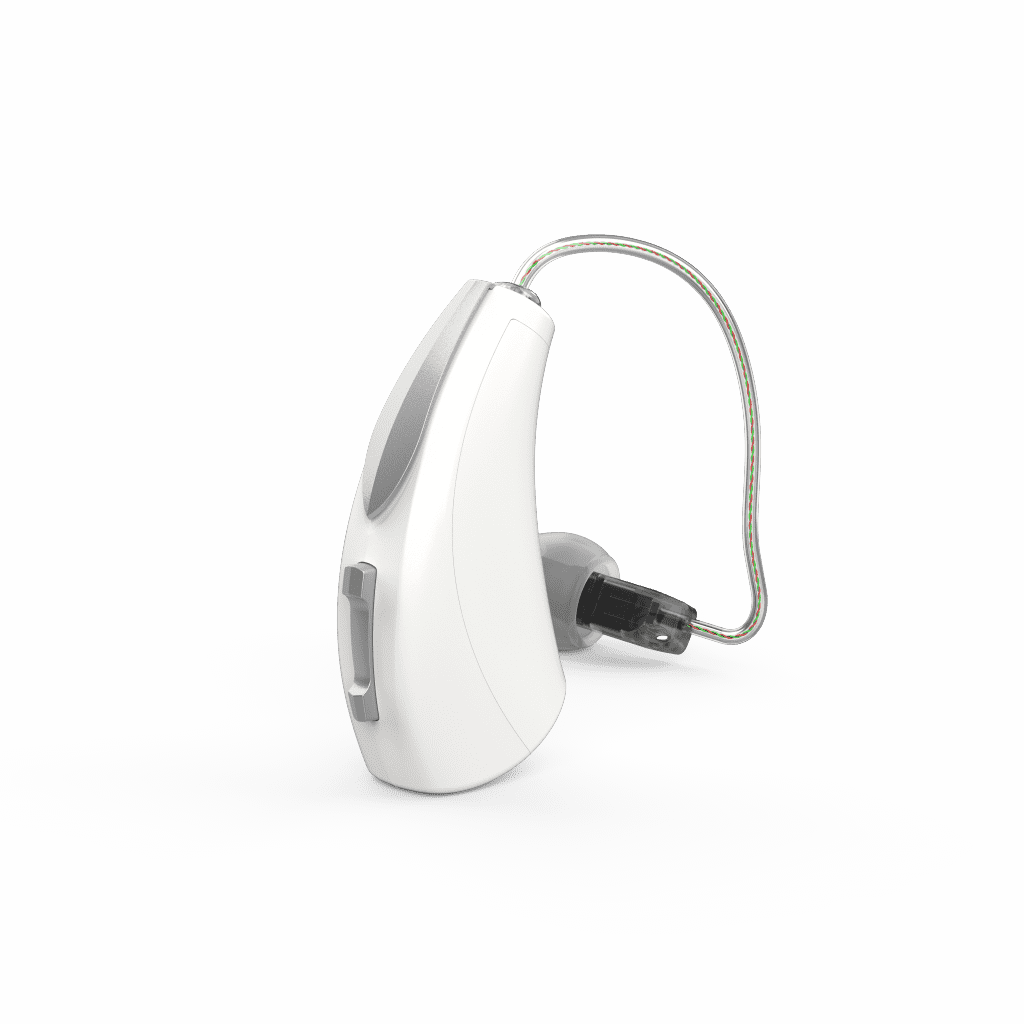In a recent study published by the American Journal of Audiology, Starkey’s Livio AI hearing aids recorded “the most accurate steps compared to actual physical steps taken, outperforming a Sportline pedometer and a Fitbit Charge 3,” the company announced. Livio AI’s fall-detection feature was also tested in the study, during which it detected the majority of engaged falling maneuvers. The study’s conclusion found Livio AI to be “consistent and sensitive in detecting steps and falls.”
Related article: Starkey Livio AI Receives ‘2020 AI Breakthrough Award’

“We are very pleased with the findings of this study and hope it brings new awareness to the important benefits our technology can offer to patients,” said Chief Innovation Officer Dave Fabry, PhD. “We’ve known for many years that the ear is the best place to accurately track health and fitness data. This research further illustrates that point and demonstrates Starkey’s success in developing a hearing aid that can accurately harness that information.”
Livio AI is “the world’s first Healthable hearing aid enabling users to take a proactive approach to their hearing and wellness with brain and body activity tracking.” It tracks daily steps, measures movement, and monitors vigorous physical activity. It also monitors the brain-health benefits of wearing hearing aids by tracking active listening.
“When we set out to reinvent the hearing aid, Healthable technology was a top priority,” said Starkey President and CEO Brandon Sawalich. “We know that the ear is a valuable gateway to understanding someone’s overall health and wellness, so it only makes sense that our hearing aids should help connect the dots. This is how we help people not only hear better, but live better lives.”
To read the study, please click here.
Original Paper: Rahme M, Folkeard P, Scollie S. Evaluating the accuracy of step tracking and fall detection in the Starkey Livio artificial intelligence hearing aids: A pilot study. American Journal of Audiology. 2021. DOI: https://doi.org/10.1044/2020_AJA-20-00105.
Source: Starkey, American Journal of Audiology



